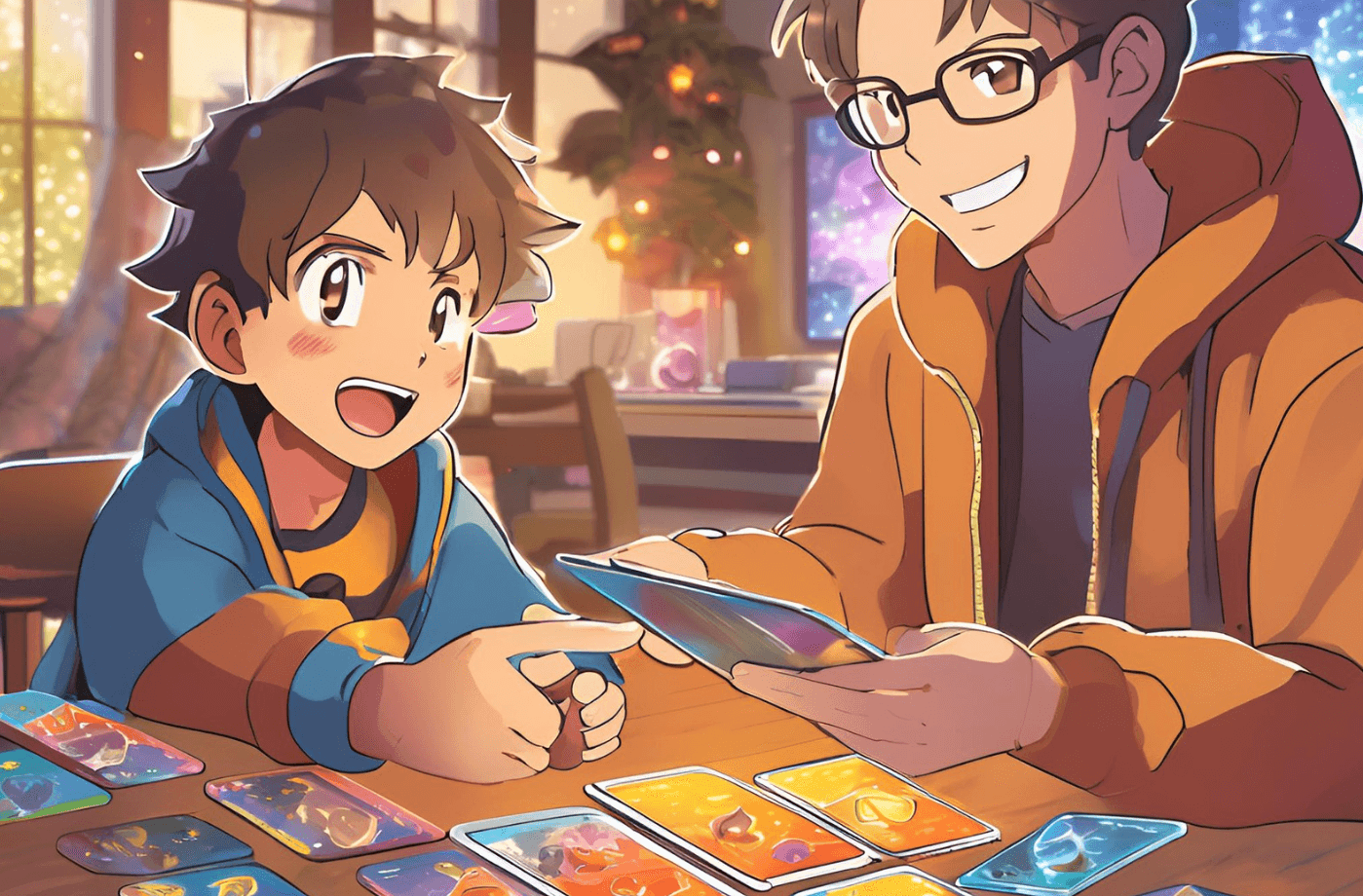The gap between design and development is closing.
Designers are no longer just making interfaces—they’re bringing products to life without needing a middleman.
Recently, I had an idea: A tool to help my son play Pokémon cards using voice commands. Imagine an AI interpreting the cards and narrating an exciting, audio-based battle, perfectly tailored to his age. I tested it using ChatGPT’s photo and voice features—and my son loved it.
Naturally, my next thought was: This is amazing. How can I build this? How difficult would it be?
I turned to ChatGPT-4 and Claude AI to guide me through the steps I’d need to take. Together, we mapped out a plan:
- Target audience: Children aged 6+
- Core features:Card recognition, Voice commands, AI-powered narration
- Technology: Image recognition for scanning cards; Voice interaction (commands and narration) and intuitive user interface designed for kids.
Initially, everything seemed manageable because I had a clear plan and the steps appeared straightforward.
I already understand how to craft engaging experiences. A well-designed audio narration that turns card battles into immersive stories is a powerful hook for children.
But then came the reality check: My technical skill gap.
Facing the Technical Challenges
To bring this to life, I’d need to:
- Master text-to-speech (TTS) APIs to manage the narration flow and create an immersive experience.
- Understand machine learning fundamentals, including training models, collecting data, and fine-tuning for accuracy.
- Dive into natural language processing (NLP), using APIs and frameworks like Google Speech-to-Text or Amazon Lex.
At this point, I wondered: Could no-code or low-code tools make this easier for me?
Platforms like Adalo or Bubble allow designers and creators to create applications without writing code. These tools are fantastic for building simple prototypes or MVPs. However, they do have limitations for complex functionalities like AI-powered card recognition or advanced voice interaction.
- The upsides: These tools let you focus on design, user experience, and storytelling, rather than the technical details. Prototyping is faster, enabling you to test and refine your idea quickly.
- The downsides: They lack flexibility for AI training, image recognition, or deep customization. The interaction quality you envision may not be fully achievable within their constraints.
Building a tool like this as a designer without deep coding knowledge is challenging—but not impossible. By leveraging no-code tools for prototyping, applying your design skills to craft an engaging experience, and collaborating with developers for the technical elements, you can bring your vision to life.
The Power of Great Tools
Great tools promise ease, simplicity, and possibility. But even the best tools take time to reach their full potential. That’s the challenge: empowering creators to build without needing to be experts in the underlying technology.
At Spaceship, I’ve seen firsthand (and yes, I’ll admit, I’m a bit biased as part of the team). We help creators turn their ideas into reality—letting them focus on creating while we handle the messy, complicated details.
But here’s the thing: simplicity isn’t simple.
Building a platform that’s intuitive and seamless requires relentless effort, sharp insights, and a lot of care. Every design decision, tweak, and line of code is about one thing: removing friction so creativity can flow.
The real magic? It feels like it was always this easy. That’s when you know the tool is doing its job—helping creators build what they imagine, without barriers.
Just like Figma reimagined collaboration and Webflow streamlined web design, platforms like Spaceship are making it possible to go from concept to launch faster than ever.
The Age of the Designer-Entrepreneur
Designers will soon work with more autonomy, freed from the limitations of technology.
The tools are evolving, but the revolution isn’t instant. For now, teaming up with developers—those with the technical skills to bridge the gap—is still part of the process.
But the future is clear: creativity and execution will merge. The barriers are fading, one step at a time.
This isn’t about waiting for the perfect moment or tool—it’s about starting where you are. Collaborate. Experiment. Build.
Because the future belongs to those who see constraints not as obstacles, but as stepping stones.
